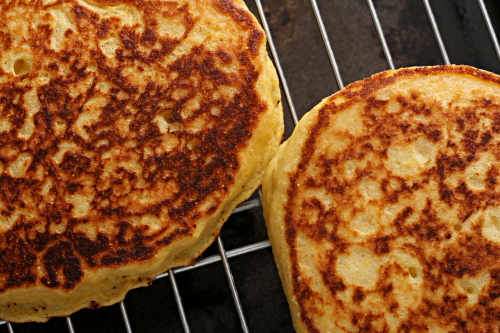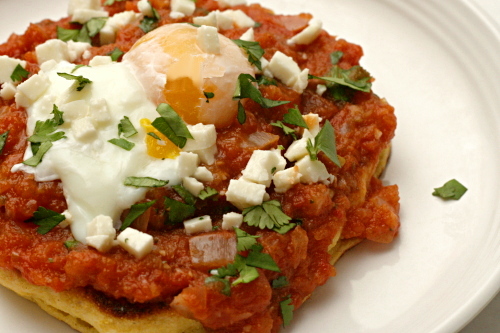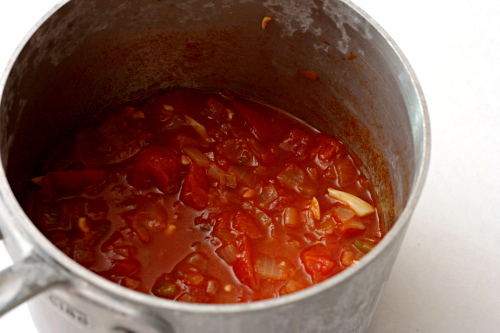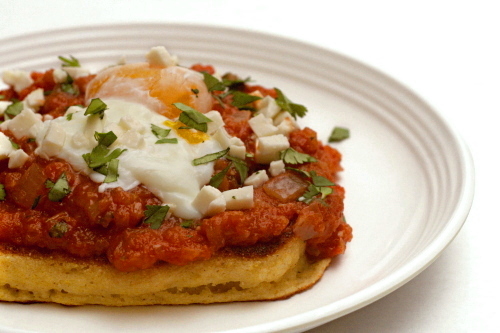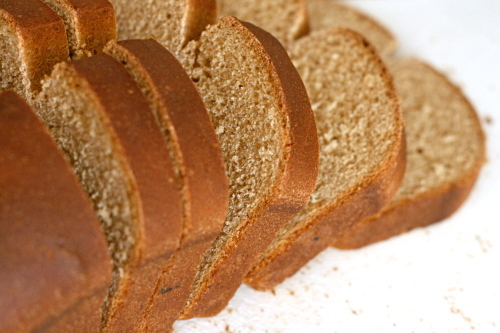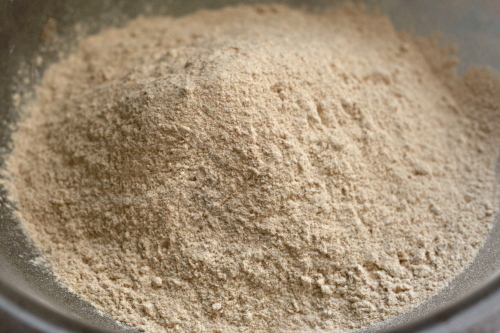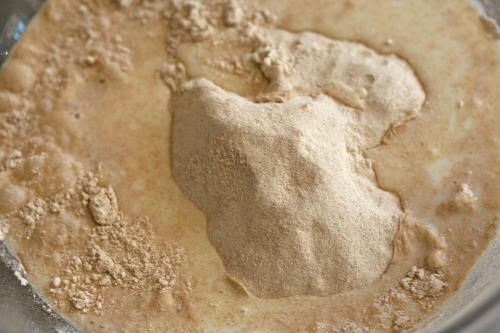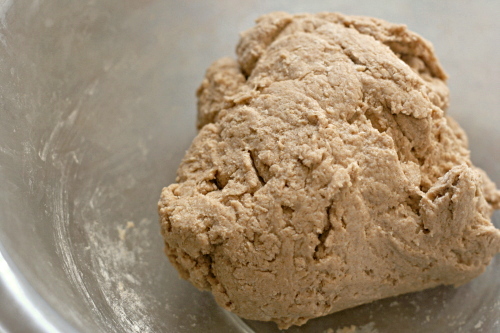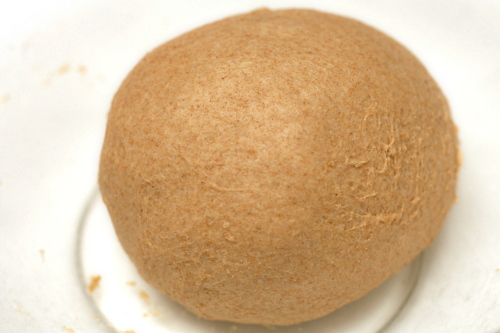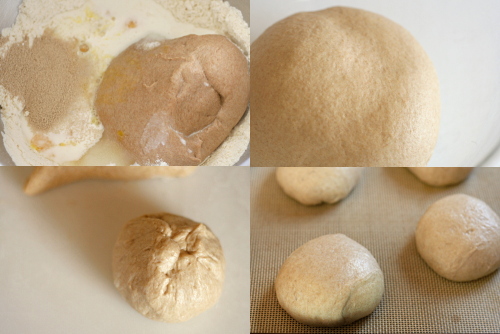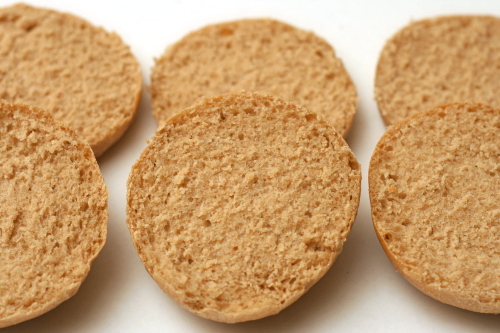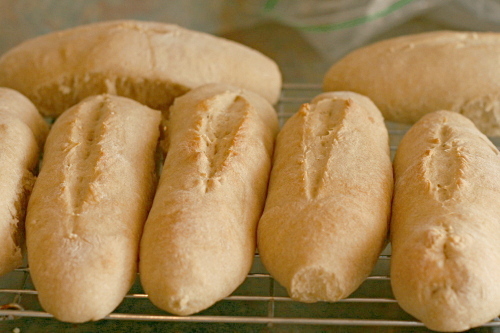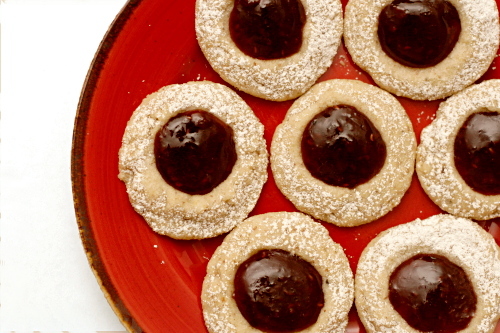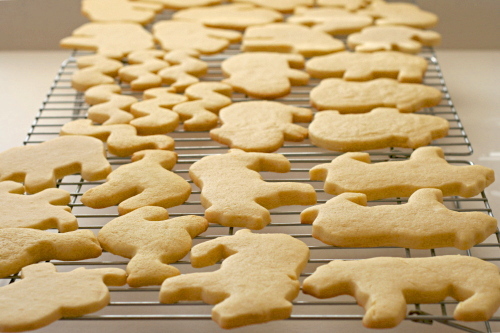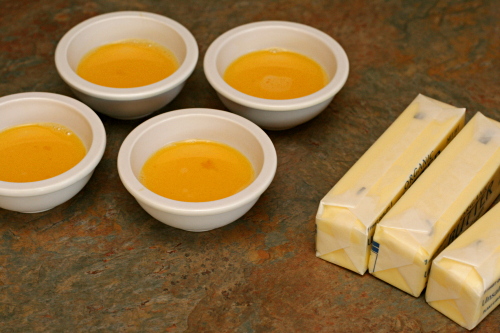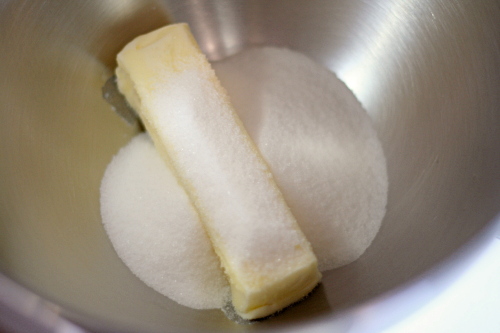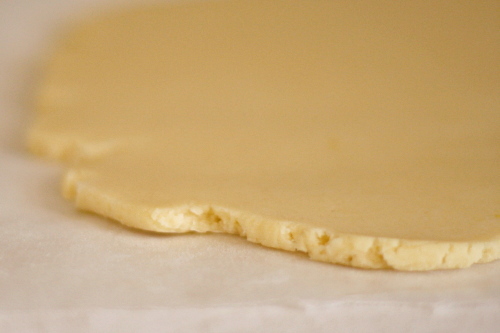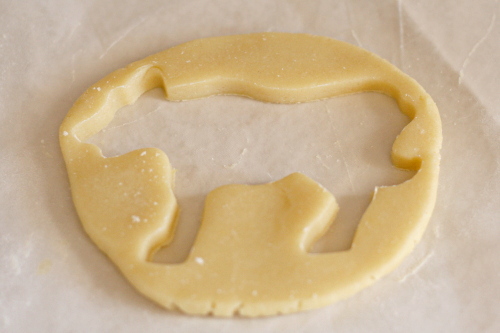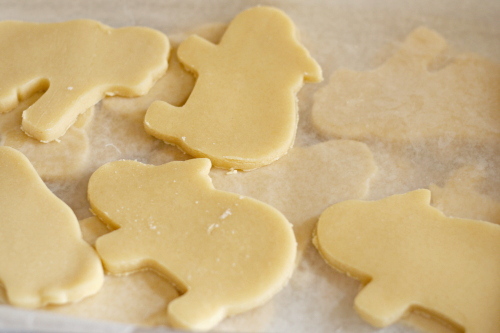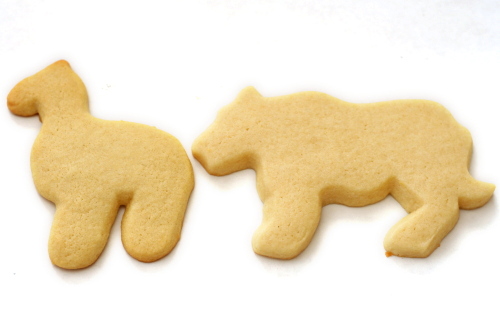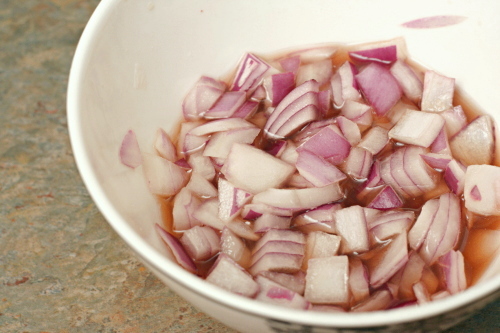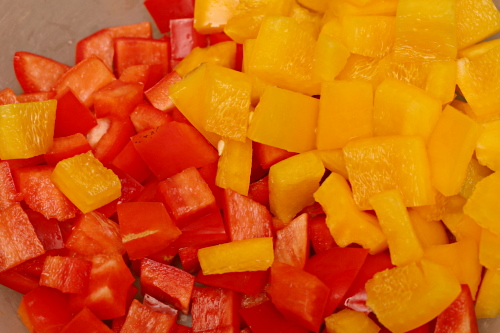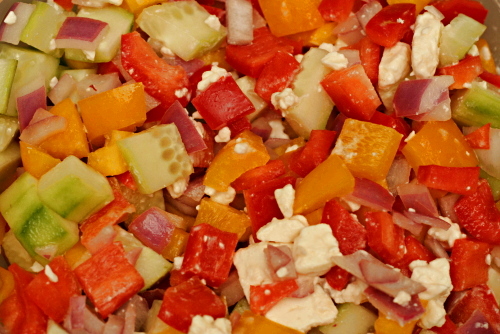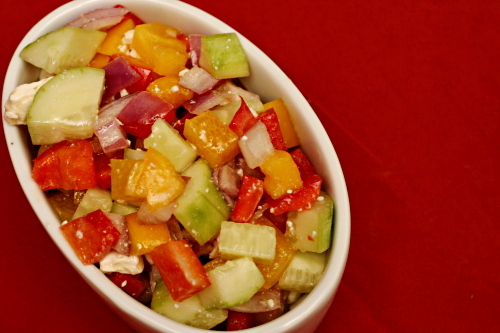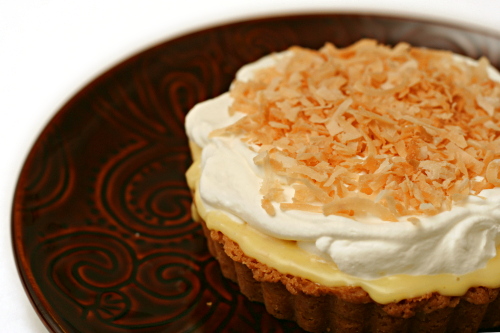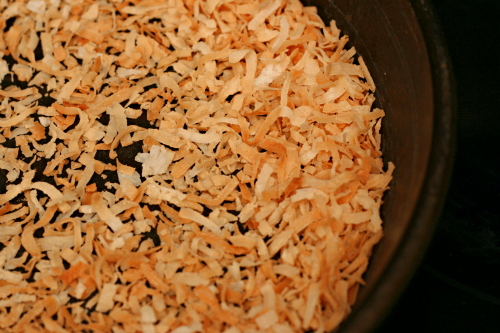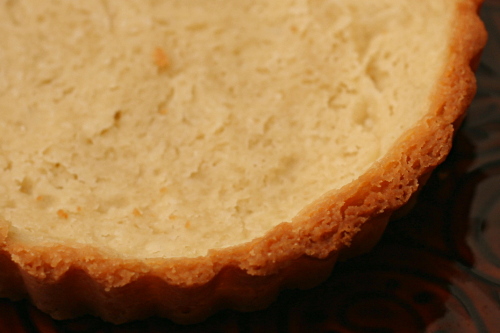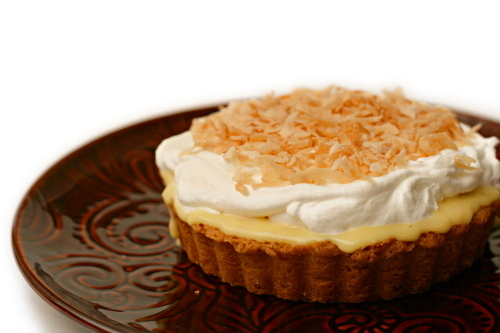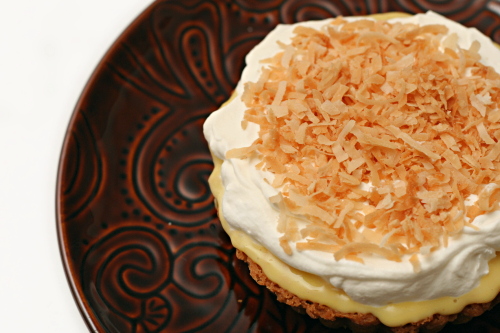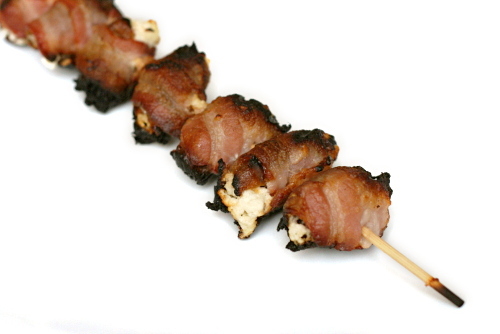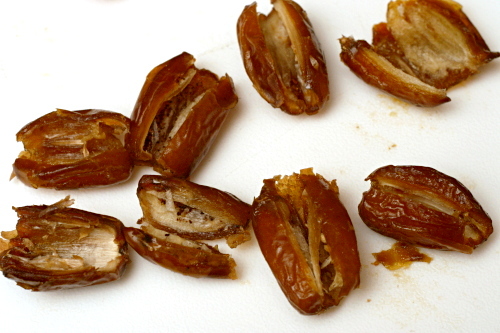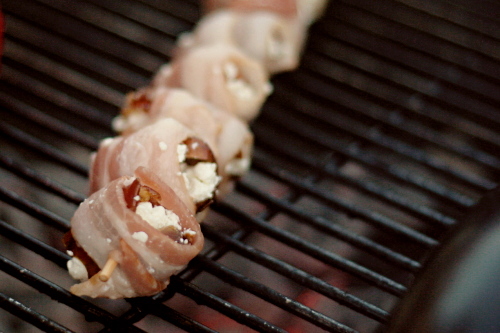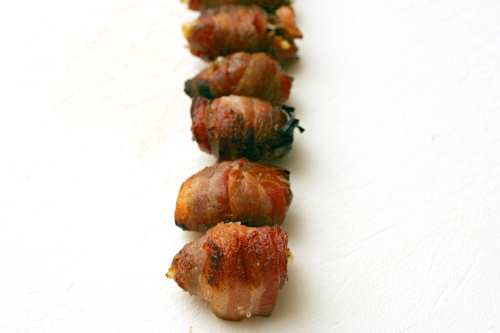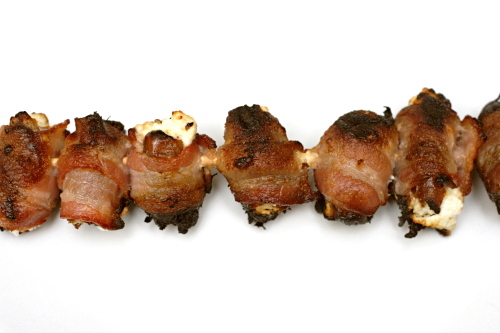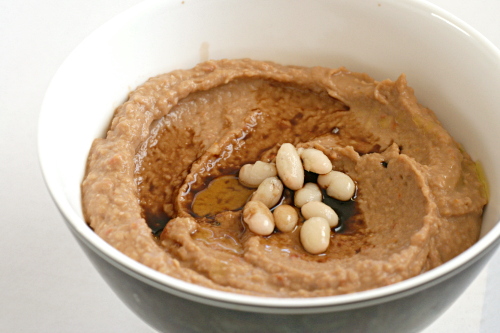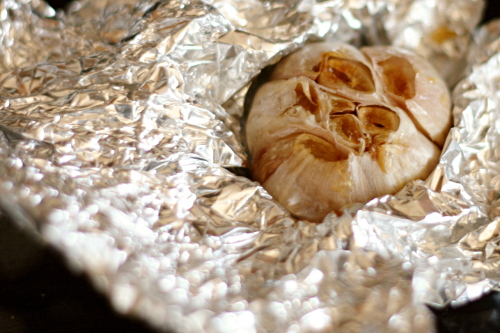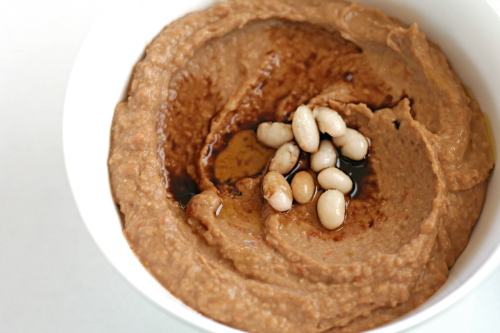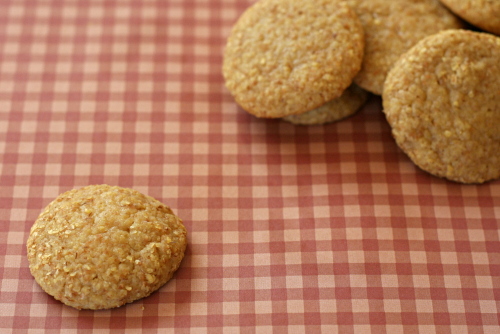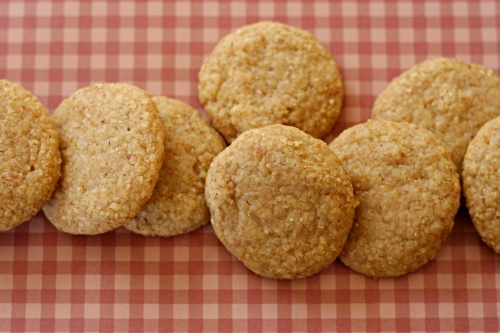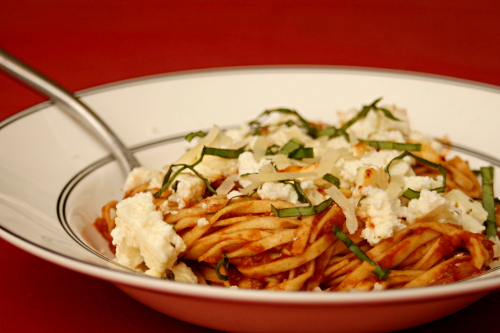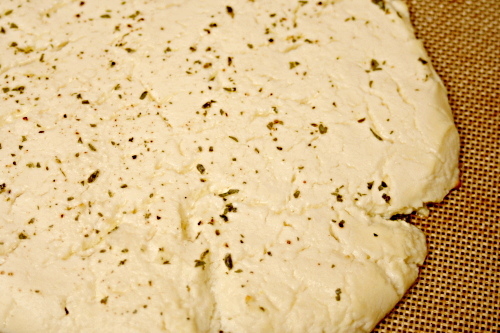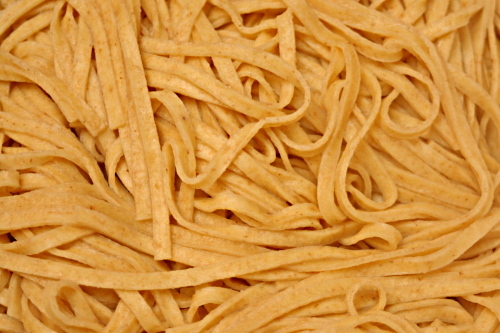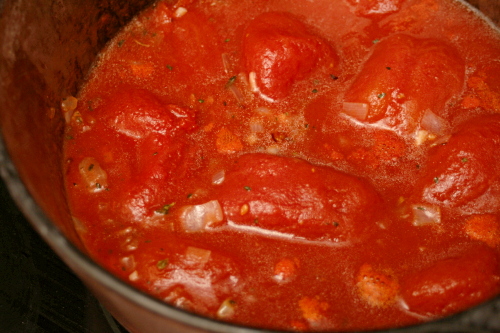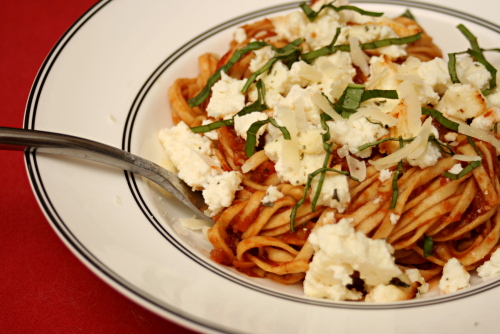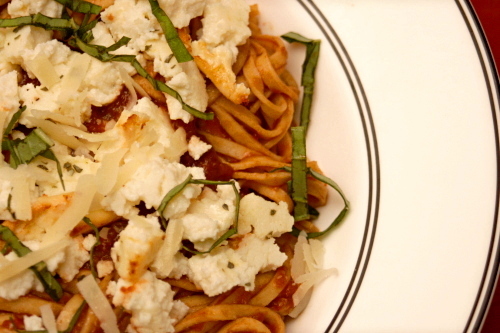After buying four and a half pounds of masa harina for a recipe that used, oh, about a cup of it, I completely messed up the recipe I was making. While I learned quite a bit about the chemistry of cooking beans (hint: don’t add tomatoes at the beginning), I have a feeling I won’t be trying that recipe again. Yes, I know it would be much better if I tried that following-the-directions idea, but the whole thing left me a bad taste in my mouth. Literally.
It also left me with about 4.45 pounds of masa harina. Fortunately, masa is seriously good stuff. It kind of reminds me of Dave’s jokes – intensely corny. Hey, speaking of intensely corny jokes! Anyway, my point is that it’s good, and I was hoping to find something easier than tamales to make with it. (Although I plan on making tamales as well.)
Fortunately, the internet exists, and epicurious had all sorts of fun masa recipes to choose from, like masa pancakes topped with homemade chipotle salsa, poached eggs, and fresh cheese. I thought the recipe had the potential to be complicated, but it’s really just pancakes, sauce, eggs, and some garnish.
The masa pancakes seemed more like pan-fried cornbread than pancakes, and if there’s anything that sounds better than masa pancakes, well, it’s pan-fried cornbread. No, it’s pan-fried cornbread topped with warm chipotle salsa, eggs, and cheese. Only, let’s see, about 4.40 pounds of masa left to use up! I better get to making more pancakes!
One year ago: Orange Berry Muffins
Two years ago: Rice Pudding
Printer Friendly Recipe
Masa Pancakes Topped with Poached Eggs and Chipotle Ranchera Salsa (adapted from Bon Appétit via epicurious.com)
Serves 6
The poached egg directions that I’ve included here are pretty much directly from the original recipe, and they are…shall we say, vague (or I might just call them crap if I wasn’t trying to be diplomatic). I would offer my own set of instructions for poaching eggs, but I have lost my egg-poaching mojo lately. Instead, I will direct you here. Or I would just fry the damn eggs using my foolproof method (add a bit of water to the skillet after the eggs start to set and cover the pan; no flipping and you can get away with using less oil!). I’m also curious to try cooking the salsa in a skillet and then poaching the eggs right in the finished salsa.
¾ cup masa harina (corn tortilla mix)
½ cup (2.4 ounces) all purpose flour
½ cup yellow cornmeal
1 teaspoon sugar
1 teaspoon salt
1 teaspoon baking powder
½ teaspoon baking soda
1½ cups buttermilk
2 large eggs
3 tablespoons corn oil, plus more for cooking the pancakes
12 large eggs + vinegar + salt
Chipotle Ranchera Salsa (recipe follows)
¼ cup chopped fresh cilantro
¼ cup crumbled queso fresco or shredded Monterey Jack cheese
1. Adjust a rack to the middle position and heat the oven to 350°F. Spread masa harina on a heavy baking sheet and bake until fragrant and golden, stirring often, about 15 minutes. Cool completely. Place a baking sheet lined with a cooling rack in the oven and reduce the oven temperature to 200°F.
2. Whisk masa, flour, cornmeal, sugar, salt, baking powder, and baking soda in a large bowl. Whisk the buttermilk, 2 eggs and 3 tablespoons oil in a medium bowl to blend. Add the buttermilk mixture to the dry ingredients and whisk just until blended (the batter will be thick).
3. Lightly coat a griddle or 9-inch nonstick skillet with oil. Heat over medium heat. Working in batches, spoon scant ½ cup batter onto the griddle. Using a spoon, spread the batter to a make 4-inch-diameter pancake. Cook until the bottom is golden, about 4 minutes. Turn and cook until the second side is golden, about 3 minutes. Transfer to the baking sheet in the oven to keep warm. Repeat to make 6 pancakes total, brushing the griddle with oil as needed.
4. Meanwhile, bring a large skillet of salted vinegary water to a simmer. Working in batches, crack 12 eggs into the skillet. Simmer until the eggs are softly poached, about 3 minutes. Remove the eggs from the water; drain.
5. Divide the pancakes among plates. Top each pancake with salsa and 2 poached eggs and sprinkle with cilantro and cheese. Serve immediately.
Chipotle Ranchera Salsa (adapted from Bon Appétit via epicurious.com)
2 tablespoons corn oil
1 onion, chopped course
4 garlic cloves, minced
1 jalapeno, minced
1 28-ounce can diced tomatoes in juice
¼ teaspoon salt
1 chipotle chili in adobo, minced
¼ cup chopped fresh cilantro
1. Heat the oil in a heavy medium saucepan over medium-high heat. Add the onions and sauté until they begin to soften, about 5 minutes. Add the garlic and jalapeno and cook, stirring continuously, until fragrant, about 30 seconds. Add the tomatoes with their juice, the salt, and the chipotle. Bring to a boil, then reduce the heat to medium-low. Cover and simmer 15 minutes to blend the flavors, stirring occasionally.
2. Puree 1 cup of the salsa in a blender (or blend with an immersion blender). Return to the saucepan and stir in the cilantro. Adjust the salt if necessary. (Can be made 1 day ahead. Cover and chill. Rewarm over medium heat.)



